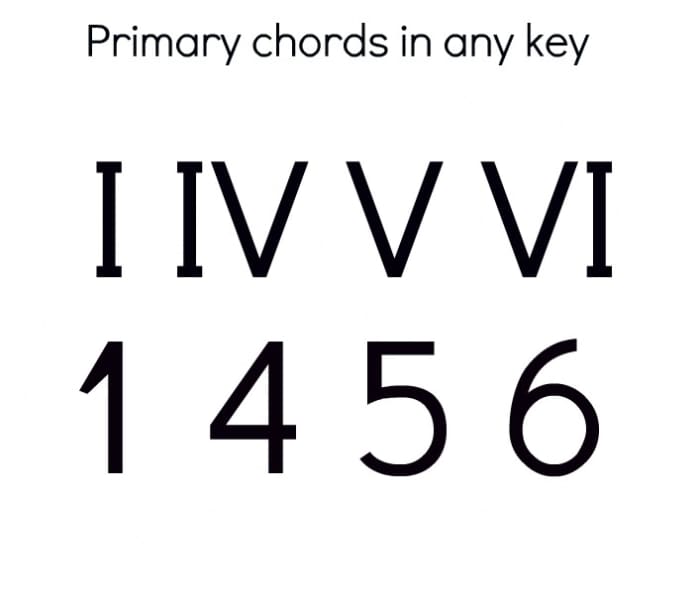
List of available chords in Circle of Fifths (Chord Wheel) MIDI output (iOS) with ability to connect your favorite DAW with Piano Companion External MIDI keyboard support for reverse mode Ability to input your own custom chords and organize your own chord charts and library Interactive Circle of Fifths (Chord Wheel) Chord Progression builder with scale patterns (chord sequencer) 10,000+ scales, such as: major, minor, chromatic, pentatonic, blues, etc. 1500+ piano chords, up to 6th inversions such as: major, minor, diminished, augmented, sevenths, etc. The app helps you to experiment with different chord progressions using our Chord Progression Builder using relative or common chords and other music theory related chords. You can see the list of compatible chords in the selected scale or list of compatible scales for a selected chord. Additionally, you can listen how a scale or chord sounds in the loop or arpeggiated and other music theory information. The Piano Companion app shows chord and scale notes, degrees, fingering for both hands in major and minor scales – and you can contribute your own custom fingering too. If you don’t see a chord, you can create a custom chord and use it for chord charts or your user library. For example, just press C, G and you will get C Major as the first chord in the search result. If you can’t remember the name of a chord or scale, this app helps you to find it by keys (or MIDI keyboard). You can compose music using our real piano and use your MIDI keyboard to play and record songs. Using circle of fifths and chord progression builder you can compose songs and learn, play chords and scales.
#Chord dictionary piano free
Our free app has circle of fifths with compatible chords (or chord wheel).
#Chord dictionary piano how to
However, check out my beginner piano lesson about how to play piano chord inversions to learn how you can change the chord's position for smooth transitions when moving from one chord to the next.Piano Companion is a piano chords and scales dictionary with user libraries and reverse mode with a chord progression builder.


Use the piano chords chart below to remind yourself how to play simple triads in root position. You can either sing the song's melody (or have someone else sing it!) and make up your own accompaniment or pick out the melody in one hand and play the chords in the other. If you already know the melody, you only need the lyrics and the chords! Here is a free example with only chords and melody. When playing chord piano, you can use, for example, a "Fakebook." I use this Easy Fake Book with my students, which is a great way to learn to play chords and melody following a lead sheet.Ī lead sheet has only the melody written with notes (or only lyrics), and above it, the chords are written as chord symbols, like Cmaj7, Eb dim., or Bm, for example. Finally, sing or hum the melody of the piece you picked, playing the chords at the right words! How to play chord piano.Then, practice the chords in the order of the song until fluent.Next, write those chord names on a piece of paper and practice only the different chords until you know them well.Study the piano chords chart and learn the patterns (how they look) of the chords you'll be using.Highlight the different chords that are used- it might seem like there are a lot, but usually, there are only a few chords or a specific chord progression.Tip: You can also use anything written for guitar with chord tabs since the chord names for piano are the same. First, pick a piece with chord markings and melody, or just lyrics and chords.Tip: A chord book is a useful tool when you start learning about chords. This is a 7th chord in the "root" position: Starting from the root (red), the third (blue), the fifth (green), and the seventh (yellow). It has a root, a third, a fifth, and a seventh. The Augmented Triad is built from only major thirds it also has an "unresolved" sound.For example, it is written: D dim (Root=D, diminished chord). That is why it is often referred to as a Dominant 7th chord with no root. This gives the chord a sound like it really wants to go somewhere, to be resolved somehow. The Diminished Triad is made from only minor thirds.It is written for ex.: Am (Root=A, minor chord). This gives the sound of "minor" a more "sad," "darker" sound. The Minor Triad is built with a minor third and, on top, a major third.

It is written for ex.: E (Root=E, major chord).


 0 kommentar(er)
0 kommentar(er)
